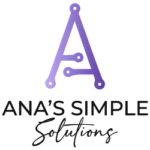Free resources for your
business development
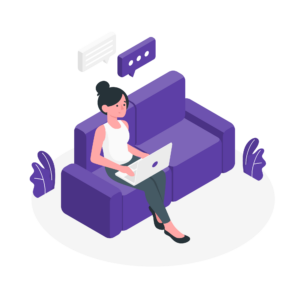
Optimize Your Workflow: Mid-Year Review and Planning with ClickUp
If you’re feeling like you’re either way ahead or way behind on your goals, now is the perfect time to do a mid-year goals check-in.
A lot has probably changed since the beginning of the year, and this is your chance to reflect on what’s working, adjust what isn’t, and make sure you’re focusing on the important things to achieve the results you want.
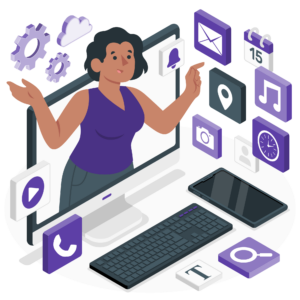
Favorite tools for digital organization with ADHD
This blog is meant to help you use technology as a tool and not a distraction for your adult adhd. I am sharing with you tech tools I personally use to organize my life and settle my nerves. The tools that I haven’t yet used have come to me highly recommended by people I know and trust and also are neuro-spicy… so I don’t come to this list lightly or without thought.
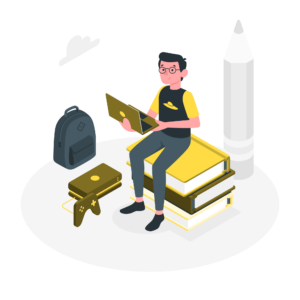
Unlock Efficiency with our ClickUp Business Hub
We could all do with an extra day each week. Truth is, most of us are extremely inefficient when it comes to our work. Save 8 hours a week and find out how a our ClickUp Business Hub can reduce the time you spend searching for EVERYTHING in your business.
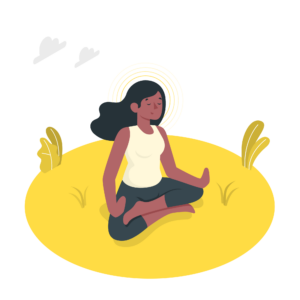
Cultivating productivity and mindfulness every day
How to cultivate productivity and mindfulness every day? Mindfulness: a modern fad or a practical tool for enhancing daily
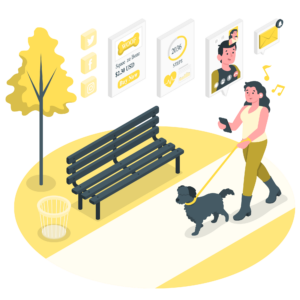
10 Super Simple Ways to get work-life balance when you are ADHD
For individuals with Attention Deficit Hyperactivity Disorder (or ADHD), achieving work-life balance requires intentional steps and coping strategies to manage both professional and personal responsibilities effectively. This blog post discusses 10 actionable ways to create such a balance, including assessing your current situation, setting clear goals, and automating routine tasks. These strategies help reduce overwhelm and burnout, fostering a healthier lifestyle and enhancing productivity by leveraging support systems and setting practical boundaries.
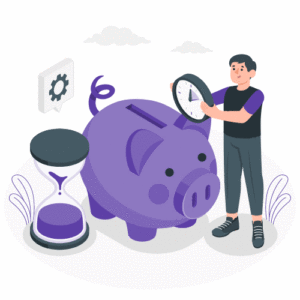
Streamline Your Day: How to save time in daily life
The 5AM and morning routine isn’t about adhering strictly to waking up at 5 AM, but rather about finding a personalized morning ritual that aligns with our individual needs and lifestyles, proving that the true essence of the 5 AM Club lies in starting each day with intention and self-care, setting a solid foundation for success and well-being.
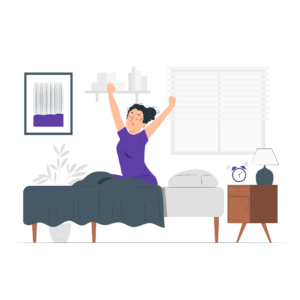
Early Rising for more productivity
The 5AM and morning routine isn’t about adhering strictly to waking up at 5 AM, but rather about finding a personalized morning ritual that aligns with our individual needs and lifestyles, proving that the true essence of the 5 AM Club lies in starting each day with intention and self-care, setting a solid foundation for success and well-being.
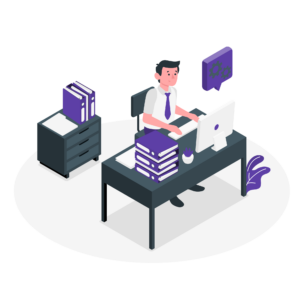
Airtable for ADHD
Discovering the essential strategies for ADHD mompreneurs to conquer distractions and boost your work-from-home efficiency in this blog We off practical tips, balancing parenting, and professional responsibilities with a blend of understanding ADHD, structured planning, and utilizing time-saving and tools to help out.
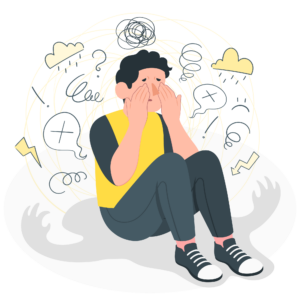
Managing distractions as a work from home mom with ADHD
Discovering the essential strategies for ADHD mompreneurs to conquer distractions and boost your work-from-home efficiency in this blog We off practical tips, balancing parenting, and professional responsibilities with a blend of understanding ADHD, structured planning, and utilizing time-saving and tools to help out.
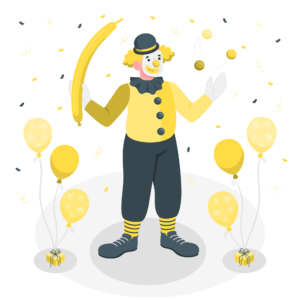
Boost Productivity: Ditch Multitasking Myth
Ditch Multitasking: Boost Your Productivity Instead Are you someone who prides themselves on their ability to multitask? Do you feel
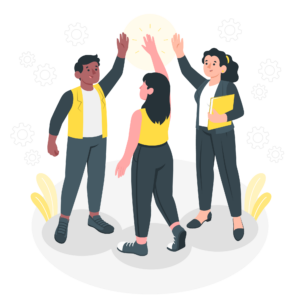
The Power of VIP Days for Productivity: Boost Your Biz Development
The Power of VIP Days for Productivity: Boost Your Biz Development I was talking to a potential client this week
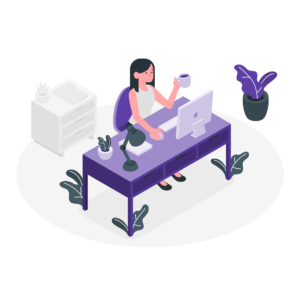
10 Reasons You’re Not Achieving Your Goals (And How to Fix Them)
Why you are not achieving your goals Stop me if this sounds familiar. You’ve been hitting the gym consistently and

